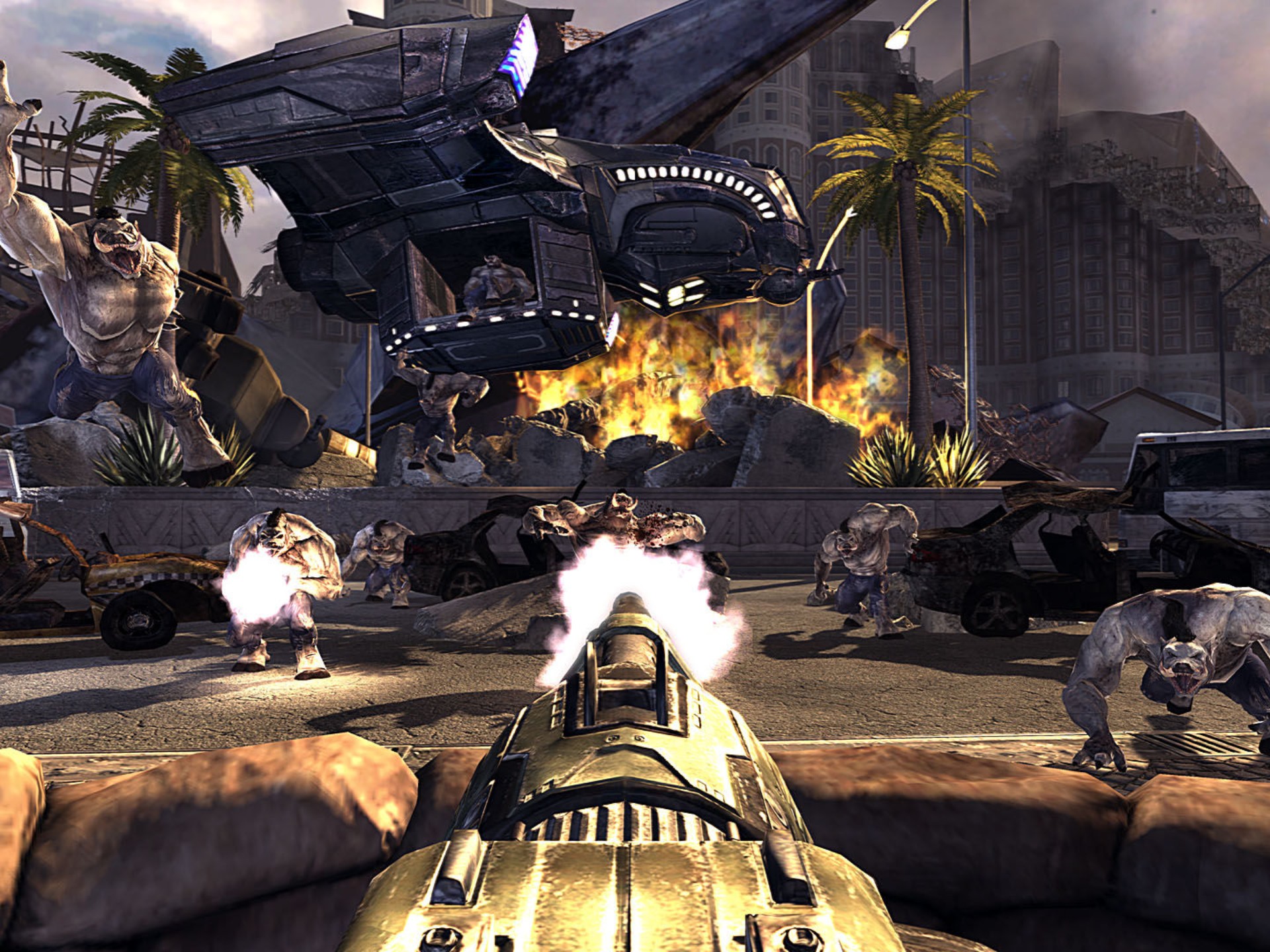Title: Beyond the Hype: Deep Game News Stories That Forced the Industry to Look Inward

The video game industry is a constant churn of announcements, releases, and updates. Headlines are often dominated by record-breaking sales, graphical marvels, or the latest celebrity collaboration. Yet, beneath this surface-level buzz, there exist deeper, more consequential news stories. These are the narratives that cut to the core of how games are made, who they are for, and the very culture that surrounds them. They don't just generate clicks; they spark difficult, necessary, and lasting conversations that reshape the industry's trajectory. This article explores several such pivotal moments that forced a collective introspection.
The "Crunch" Exposés: Shattering the Illusion
For decades, "crunch" — the period of intense, mandatory overtime leading up to a game’s launch — was an open secret. It was treated as a necessary evil, a badge of honor, or simply the price of creating art. This perception was fundamentally shattered by a series of deep investigative reports.
The conversation reached a fever pitch with stories surrounding Red Dead Redemption 2 and the NetherRealm Studios (Mortal Kombat 11). Journalists at outlets like Kotaku didn't just report that employees were working long hours; they provided detailed accounts of the human cost. Testimonies described six- or seven-day work weeks, months on end, leading to severe burnout, broken relationships, and deteriorating mental and physical health. These weren't vague allegations; they were personal, heartbreaking stories that put names and faces to a systemic problem.
The industry conversation shifted instantly. It moved from "Do we crunch?" to "Why do we crunch, and how do we stop?" It forced developers to unionize discussions into the mainstream, with organizations like Game Workers Unon gaining significant momentum. Studios were put on notice; their employment practices became a part of their public brand. Promises were made, new policies were enacted, and while the problem is far from solved, the veil of secrecy was irrevocably lifted. The conversation now continues in performance reviews, boardrooms, and on LinkedIn, as the push for sustainable development becomes a defining issue for the next generation of game makers.
The "Acti-Blizz" Reckoning: A Culture Under the Microscope
In July 2021, the State of California filed a lawsuit against publishing giant Activision Blizzard, alleging a culture of pervasive sexual harassment, discrimination, and retaliation. This was not a simple news blip; it was a detonation that exposed a toxic underbelly affecting one of the world's largest game companies.
The ensuing conversation was brutal and wide-ranging. It wasn't just about one bad actor or a single team; it was about systemic failure. Employees shared their own stories under the #ActiBlizzWalkout hashtag, organizing walkouts to demand change. The news cycle was relentless, detailing everything from the "frat boy" culture to the tragic death of an employee by suicide following alleged extreme harassment.
This story sparked a industry-wide conversation about power dynamics, HR's role in protecting corporations over people, and the safety of women and marginalized groups in gaming spaces. It led to executive departures, a massive employee uprising, and a company-wide overhaul (albeit under scrutiny). More importantly, it created a ripple effect. Employees at other companies felt empowered to speak out about their own experiences, leading to investigations and changes at other studios. The conversation expanded beyond crunch to ask: "What is the actual human environment we are creating in the pursuit of profit?" It was a painful but essential moment of accountability that is still being worked through today.
The "NFT Pivot" Backlash: Players Drawing a Line in the Sand
When Ubisoft announced Quartz, its platform for NFTs ("Digits"), and studios like Square Enix expressed strong desire to integrate blockchain technology, they expected a wave of excitement. Instead, they were met with a tsunami of unified, vehement backlash from their core audience. This wasn't just gamers complaining about a feature they didn't like; it was a profound philosophical rejection.
The deep conversation here was about value, ownership, and exploitation. Players, through forums, social media, and video essays, articulated a clear counter-argument. They saw NFTs not as a way to gain "true ownership" of digital assets, but as a cynical, environmentally destructive cash grab that would introduce the worst aspects of speculation and pay-to-win mechanics into their hobbies. They argued that games already have economies and coveted items; NFTs solved a problem that didn't exist while creating many new ones.
The industry was forced to listen. The backlash was so severe and widespread that it caused a massive course correction. Numerous studios quietly shelved their NFT plans. The conversation made it clear that player trust is a fragile currency, and attempting to monetize in a way that feels predatory can cause irreparable brand damage. It was a powerful example of collective player action directly influencing corporate strategy, sparking a lasting debate on the ethical boundaries of monetization and the very purpose of a game as a product versus a service.
The "Hades" Narrative Revolution: Proving a Point
While the previous stories were reactive, the success of Hades by Supergiant Games sparked a proactive, positive conversation. Upon its full release in 2020, it wasn't just praised for being a good game; it was analyzed as a case study for how to do things differently.
The deep conversation centered on integration and respect for the player's time. Every element of Hades — its rogue-lite gameplay, its character relationships, its story progression, and even its failure states — was woven together seamlessly. Critics and developers alike dissected how it used its core loop to feed a narrative, making every run meaningful. Furthermore, it was developed without crunch, by a relatively small team, proving that a healthy work culture could produce a genre-defining masterpiece.
The industry conversation became: "How can we learn from this?" It wasn't about copying its mechanics, but about embracing its philosophy of holistic design. It challenged the notion that games need to be bloated with content or built on the backs of exhausted employees to be successful and critically adored. It provided a tangible, award-winning blueprint for a better way to make games, influencing design discussions in studios around the world.
These stories prove that the most impactful gaming news isn't always about the biggest budget or the shiniest trailer. It's about the moments that challenge the status quo, force uncomfortable questions, and ultimately, demand that the industry and its community strive for something better. The conversations they start are the ones that truly shape the future of play.


















